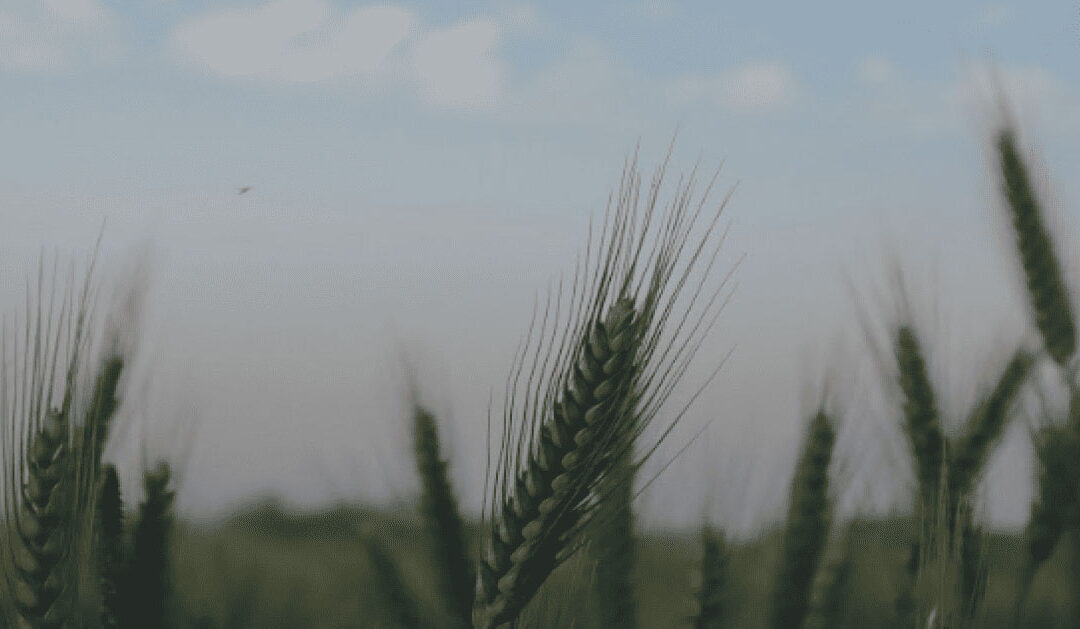The corn campaign is expected to end with substantial volume, at least on paper. The USDA and the macroeconomic situation in Argentina introduce some volatility into the market.
Starting a thorough analysis of the corn market, it is crucial to begin with the promising aspect: global supply.
Firstly, July, especially in the last three seasons, has kept us attentive to the late corn harvests in both Brazil and Argentina, key players in international trade. This season is also marked by the potential effects of the Leafhopper, which has reduced production volumes in some areas of both countries. Although the initial impact on prices was positive, the global harvest data is not as unfavorable.
In Brazil, the Safrinha corn harvest has progressed on more than half of the planted area, with generally good results. This abundance has exceeded storage capacity, forcing the outdoor storage of grains, a common practice in high production years. Until the devaluation of the real at the end of June and early July, producers were not selling, and the merchandise flow was low. According to the USDA, corn production in Brazil will reach 122 million tons, contrasting with the 115 million tons estimated by Conab, but still reflecting a large production.
In Argentina, the harvest has covered 62.9% of the area, with a projected production of 46.5 million tons, according to the Bolsa de Cereales. This reduction is due to issues in Brazil and a heatwave in January. However, the USDA estimates a production of 52 million tons for the 2024-2025 season.
In summary, the end of the 2023-2024 season shows a generous production volume, with a balance of 1,225.45 million tons according to the USDA July 2024 report. This confirms that the global corn supply does not face major issues in current and near-future positions. However, producers remain reluctant to sell in certain countries. In South America, Brazil has been trading regularly, though the recent devaluation of the real has slowed this trend, affecting the payment chain. The distribution chain faces negative balances and significant financial concerns. In Argentina, although the Basic Law was enacted, eliminating some uncertainties regarding exchange rates, interest rates, and inflation, producers still hope these variables will work in their favor, especially with the potential removal of exchange controls.
July also brings confirmations for the 2024-2025 season, particularly from the United States, which has already provided data on planted areas and the current state of the crop. Prices in Chicago have not shown a climatic premium this year, reflecting USDA projections that suggest a similar global campaign to the previous one, with a production of 1,224 million tons and few cuts in major producing and exporting countries, except Ukraine, which will be 10% below the previous year.
The impact of weather on the critical state of the crop in the coming months remains to be seen, with unfavorable forecasts in the United States potentially creating a climatic market in July and August. Uncertainty about the upcoming campaign also includes planting decisions in countries like Brazil and Argentina, influenced by production factors and lower initial prices.
Regarding demand, the world is well-supplied with corn, wheat, and barley for feed consumption. An interesting fact is the announcement by Mexico’s new government, where elected President Claudia Sheinbaum will focus on self-sufficiency in white corn for human consumption, which reassures the U.S. animal feed corn export market.
In conclusion, bullish market forces are hard to find in the current fundamentals. Although there is a whole year ahead to define the situation in countries like Argentina, FOB and FAS prices are attractive, offering premiums worth considering.





